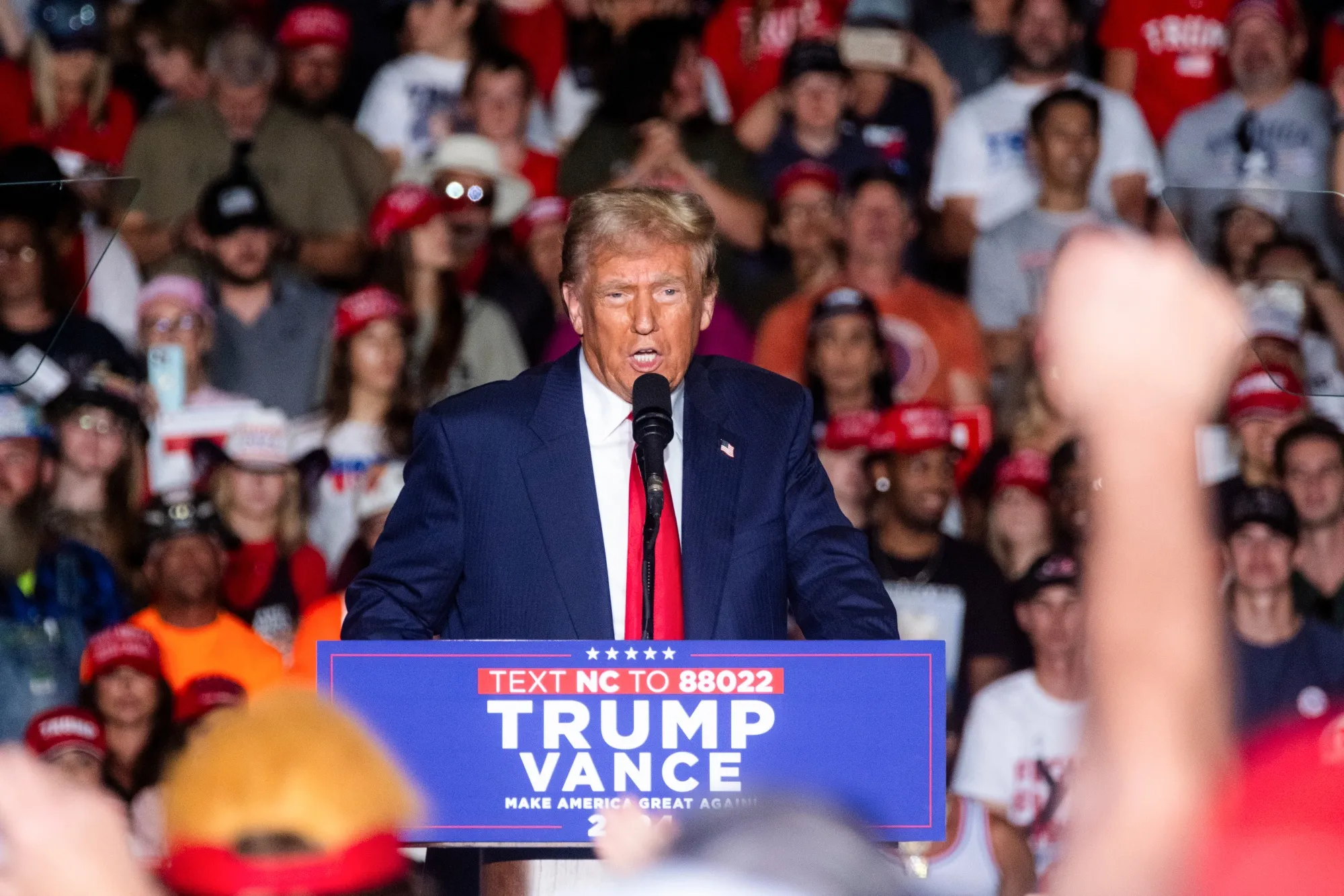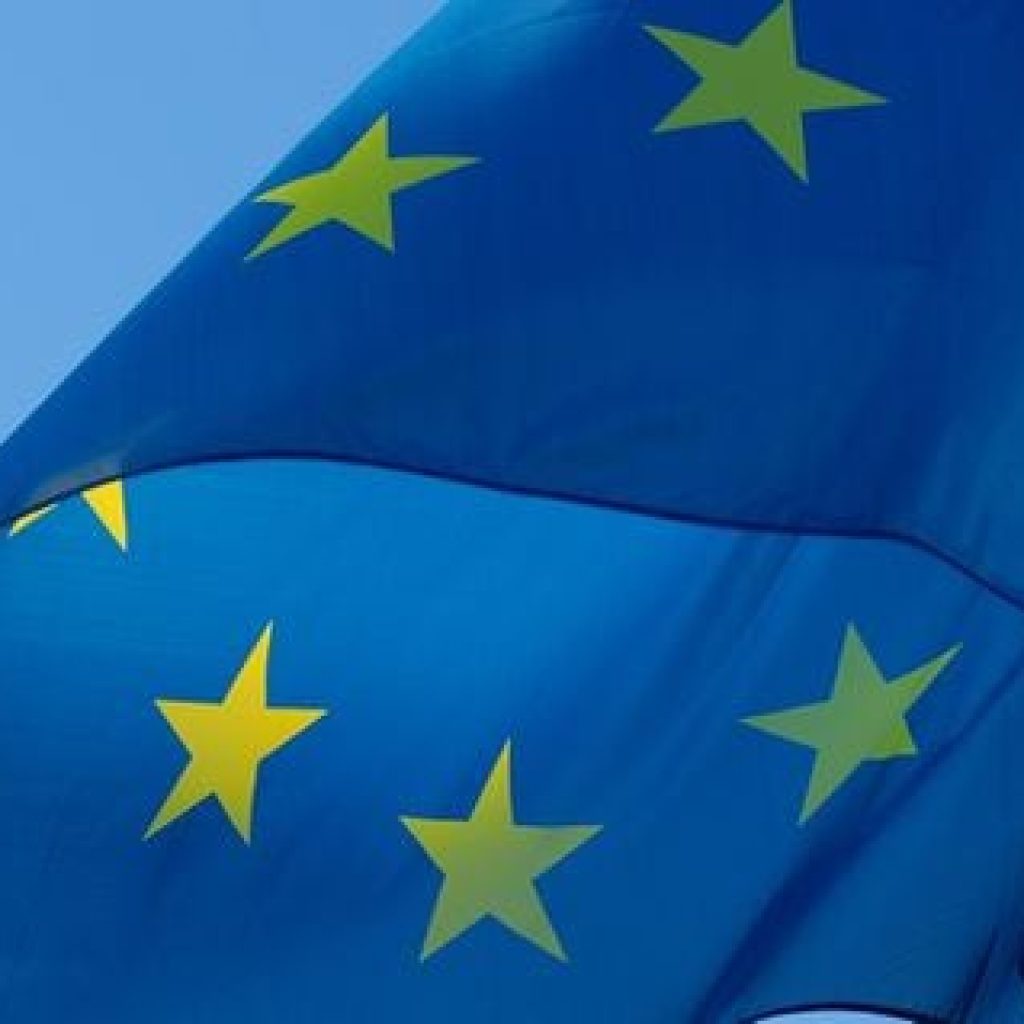The US dollar has been on a rally throughout this month, and betting markets are pointing fingers at one person — Donald Trump.
According to Standard Chartered, around 60% of the US dollar’s rally this month can be linked to rising bets on Trump securing a win in the upcoming November 5th election. The bank highlights that as Trump’s chances grow, so does the dollar’s strength.
The Bloomberg Dollar Spot Index has surged almost 3% this month, its best performance since 2022. Analysts are already pointing to the kind of policies expected from a Trump presidency, particularly high tariffs and increased market instability, both of which tend to drive investors toward the dollar.
“The dollar has strengthened along with the rising probability of a Trump win in betting markets,” said Steven Englander, Standard Chartered’s head of global G-10 FX research.
Betting markets push Trump’s win odds higher
On the betting markets, Trump is inching toward a higher probability of winning. Polymarket currently places his chances at 60%, while PredictIt gives him a 57% probability. Meanwhile, pollsters still show Trump and Harris neck-and-neck in their battle for the presidency.
Englander believes that market pricing reflects a 70% likelihood of a Trump victory, with the potential for profit-taking if those results are confirmed, especially if Congress is divided. A Republican sweep, with the party taking control of both the House and the Senate, will have huge effects on the markets.
However, the outcome that would shake markets the most, according to Englander, would be a Kamala Harris win with a split Congress, which could complicate her legislative agenda.
The Federal Reserve might then be pushed into providing more economic stimulus, which would likely unwind the long dollar positions we’ve seen in a long time.
It’s important to note, however, that while Trump’s election prospects are the main driver of the dollar’s recent boost, they’re not the only factor.
The bump in 10-year US yields since early October (up by 40 basis points) has been largely fueled by the Federal Reserve’s policy outlook. A surprisingly strong US jobs report from earlier this month has also played a key role.
A tight race
The presidential race remains incredibly tight. According to the CNBC All-America Economic Survey, Trump currently holds a slight edge over Harris, leading 48% to 46% in the national polls.
This narrow margin falls within the survey’s 3.1% margin of error. In key battleground states—Arizona, Georgia, Michigan, Nevada, North Carolina, Pennsylvania, and Wisconsin—Trump is also leading, with 48% to Harris’s 47%, again within the margin of error.
This survey, which happened between October 15 and 19, polled 1,000 voters nationwide, including 586 from the battleground states. Economic issues remain at the forefront of voters’ minds.
Among those concerned with inflation, the economy, and middle-class issues, Trump leads Harris by a staggering margin of 42% to 24%. Meanwhile, 29% of voters believe their financial position will remain unchanged regardless of who wins the election.
Those prioritizing inflation and the overall economy favor Trump by a 13-point lead. Despite reports that inflation is slowing, voters have continued to rank it as a key issue throughout this election cycle.
Harris, however, leads on issues people consider secondary, those that hold importance but fall below the economy in voter priorities. Among voters most concerned about abortion, Harris holds a 31-point advantage.
She also leads by 9 points on protecting democracy, 8 points on healthcare, and a 60-point lead on climate change. The big question is whether her lead on these issues will be enough to overcome the deficits she faces on economic concerns.
Trump’s numbers have improved compared to a September NBC News poll, where his favorability has gone from a -13-point rating to -6. Harris, too, has seen a slight drop, with her favorability sitting at -10, down from -8 in August.
Inflation remains a major issue for voters, with three-quarters of the public believing prices are still rising. About 45% of respondents said prices are increasing faster than before. Only 16% of respondents feel prices have leveled off, and just 6% believe prices are going down.
While wages have been growing, only 7% of voters feel their incomes are rising faster than inflation. Most people—63%—believe they’re falling behind, while 27% say they’re keeping pace with inflation.
Americans are also gloomy about the current state of the economy. Only 26% of people rate the economy as good or excellent, while 73% consider it fair or poor.





